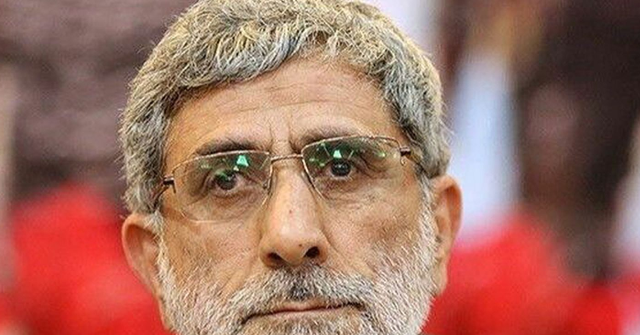General Esmail Qaani, the commander of Iran’s Islamic Revolutionary Guard Corps (IRGC) and leader of its elite Quds Force, has recently made headlines with rumors surrounding his fate. Initially thought to have been killed during an Israeli airstrike aimed at Hezbollah leaders in Beirut, reports now suggest that Qaani is alive but being held by Iranian officials. This holds significant implications for Iran’s internal security dynamics, especially in light of recent events where key Hezbollah figures were targeted by Israeli forces shortly after meeting with Qaani.
Subsequent investigations by the IRGC have raised questions about security breaches within the ranks of the Lebanese militant group Hezbollah. Sources have reported that Qaani is under guard and being probed by Iranian authorities as part of this inquiry into how Israeli intelligence has managed to target senior military figures in the region effectively. Ten sources, including prominent Shia figures and insiders connected to both Hezbollah and the IRGC, indicate that Qaani’s lockdown reflects a period of heightened scrutiny over potential infiltration of Iranian intelligence structures.
The situation has elicited notable reactions, including from former Iranian president Mahmoud Ahmadinejad, who claimed that Israeli intelligence had so effectively infiltrated Iran that even counter-intelligence units had been compromised with Israeli agents. These assertions underscore an atmosphere of paranoia and mistrust among Iranian leadership, exacerbated by the loss of crucial figures to Israeli operations. The implications of these findings suggest systemic issues within Iran’s intelligence apparatus and raise concerns about national security.
Further complicating matters is the fact that Qaani succeeded General Qasem Soleimani, who was assassinated by a U.S. airstrike ordered by then-President Donald Trump in January 2020. The continuity of leadership followed by the recent crisis is likely causing strains in Iran’s military and political strategies as they navigate threats from both Israel and the United States. As investigators focus on uncovering the methods through which Israel obtained intelligence about Hezbollah operatives, the failure to safeguard their leaders continues to haunt IRGC operations, potentially undermining effective governance and military oversight.
The fallout from these events may not just alter the internal operations of the IRGC, but it could also impact Iran’s relationships within the broader regional landscape. Qaani’s predicament and the potential discontent arising from security failures could lead to shifts in policy and strategies as Iran seeks to restore credibility and control over its military engagements and alliances. Hezbollah, as a critical ally, may also be reevaluating its security protocols with respect to their interactions with Iranian leadership.
In this charged environment, the ongoing investigations into Qaani’s activities and the wider implications of intelligence breaches will likely shape the narrative surrounding Iran’s military efficacy and geopolitical positioning. As Iranian officials work to mitigate the fallout, scrutiny over the leadership dynamics within the IRGC may become more pronounced, forcing a reevaluation of strategies against adversaries and emphasizing the need for a robust intelligence framework to protect regional interests.

